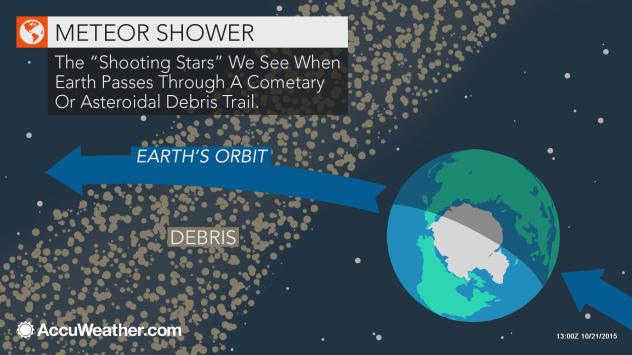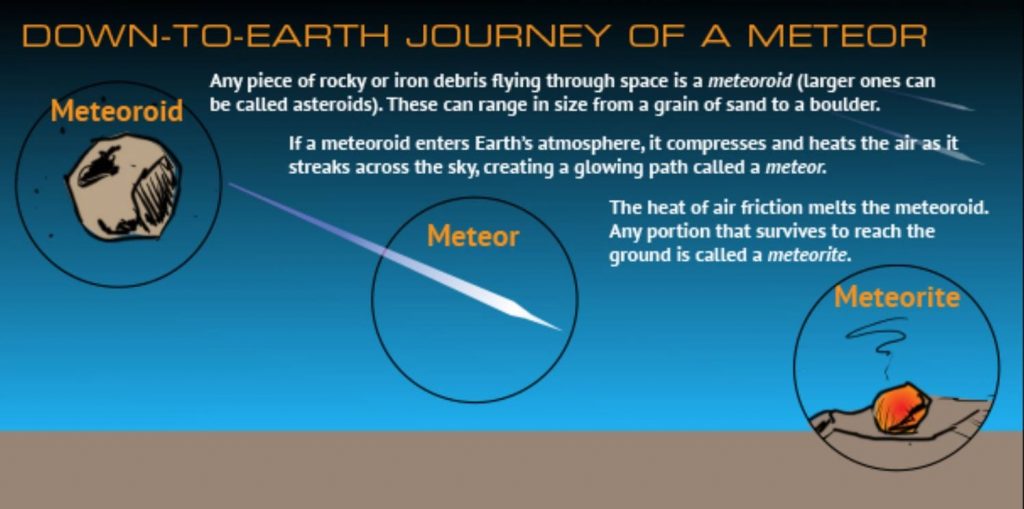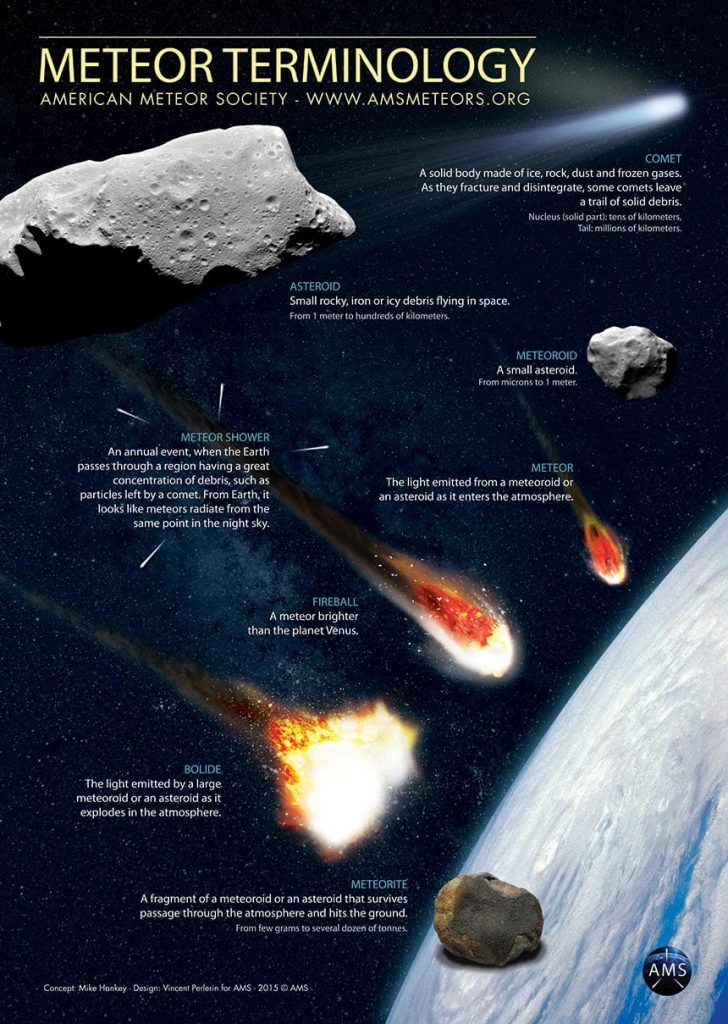Update: The bright streak of light spotted across Trinidad was also seen across parts of the Greater and Lesser Antilles shortly after 7:00 PM.
According to Eddie Irizarry, the Vice President of the Caribbean Astronomy Society (SAC), “After analyzing the orbit of several objects, we find that it was a satellite that is completely uncontrolled after the failed attempt to place it in the desired orbit.”
He added that it is “Telkom-3“, an Indonesian satellite that is tumbling uncontrollably, in such a way that its solar panels emit a brief but super intense flash of reflected sunlight.
Given that no trail was spotted from the abundant reports we’ve received, it is likely the Telkom-3 satellite. In fact, these flashes have already been caught on video (below) and closely match the received reports.
The Original Story
Between 7:15 PM and 7:55 PM, stargazers across Trinidad spotted a shooting streak of light moving across the night sky.
According to one person, Rachel Abigail, who spotted it in Couva in the vicinity of the Couva Anglican Primary School, ” I saw something south to southeast of me. Literally like a bright falling “drip” of light.” Abigail also reported seeing it sometime between 7:25 PM and 7:55 PM, with a “yellow-green” color.
Another person in Preysal, Central Trinidad, also reported seeing “a light moving across the sky.” Similar reports also came in from skygazers in Sangre Grande and Gasparillo.
Generally, the GOES-16 Geostationary Lightning Mapper (GLM) would have detected the flash from the meteor’s entry, as the rock burnt upon entering the atmosphere.
Note that there was also a visible pass of the International Space Station from 7:12 PM to 7:16 PM from the northwest, passing overhead and moving to the southeast. The sighting would have been at an astronomical magnitude of negative 3.5, meaning visible with the naked eye and possible to be seen from large cities (or areas with light pollution.)
While we’ve received several reports across Trinidad, we have not seen any photos or videos from on the ground at this time. Given how brief the event was, capturing it would have been not easy. So whether this was a meteor or not remains to be seen if we also receive corroborating videos/images. If it was a meteor, though, it could have been associated with the ongoing Orionid Meteor Shower (or possibly the Southern Taurids).
What is the Orionid Meteor Shower?
The Orionids peak during mid-October each year. This shower is considered to be one of the most beautiful meteor showers of the year. Orionid meteors are known for their brightness and speed. These meteors are fast—they travel at about 148,000 MPH (66 kilometers per second) into the Earth’s atmosphere. Fast meteors can leave glowing “trains” (incandescent bits of debris in the wake of the meteor), lasting for several seconds to minutes.
Fast meteors can also sometimes become fireballs: Look for prolonged explosions of light when viewing the Orionid meteor shower.
Where Do Meteors Come From?

Meteors come from leftover comet particles and bits from broken asteroids. When comets come around the sun, the dust they emit gradually spreads into a dusty trail around their orbits. Every year the Earth passes through these debris trails, which allows the bits to collide with our atmosphere, where they disintegrate to create fiery and colorful streaks in the sky.
The Orionid meteors are debris left behind by Comet Halley, arguably the most famous of all comets, which last visited Earth in 1986. This comet leaves debris in its wake that strikes Earth’s atmosphere most fully around October 20-22, while Earth intersects the comet’s orbit, as it does every year at this time.
The Orionid’s Peak
Meteor showers are very predictable events, so astronomers know exactly when you have the best chance of seeing them.
This year’s Orionids have been visible since October 2nd and will continue to be visible through November 7th, 2019.
But the best time to see them is at their peak intensity. The peak intensity is expected overnight from October 21st through October 22nd.
Orionid rates should be currently near 5 per hour during the last few hours before dawn. This should increase to 15-20 meteors per hour near maximum activity.
It’s a Meteor – Not an Asteroid to Comet

It may be self-explanatory, as it is literally in the name of the shower, but the “shooting stars” you see in the skies are actually meteors.
The terminology of these space objects matter, as a meteorite would have impacts on land while a meteor does not.

Meteor and meteorite strikes are more common than you might think. Dust-grain-size meteoroids strike the Earth’s atmosphere almost constantly, but they often go unnoticed. Meteoroids between a millimeter and a centimeter burn up in the atmosphere and appear to us as shooting stars.
Meteoroids do not discriminate where they land nor where they enter the earth’s atmosphere. Hence, it is well within the possibility that events such as this could happen across Trinidad, Tobago, or any other Caribbean islands.
But medium-size strikes can be dramatic spectacles—and in some cases, dangerous. The Chelyabinsk meteor that struck southern Russia in February 2013 blew out windows and caused indirect injuries to almost 1,500 people. You can read about other coverage of celestial events in the Caribbean here.









